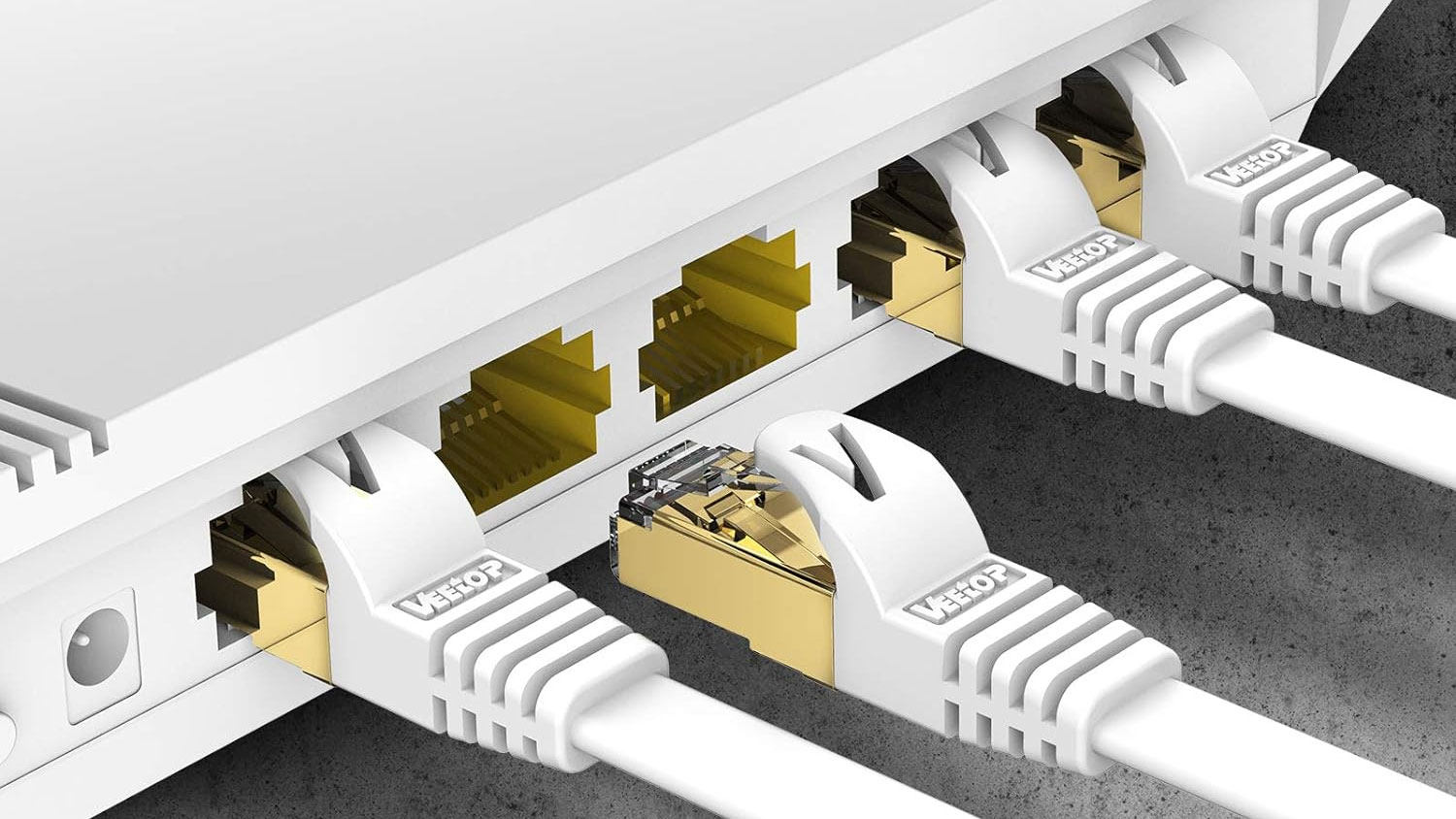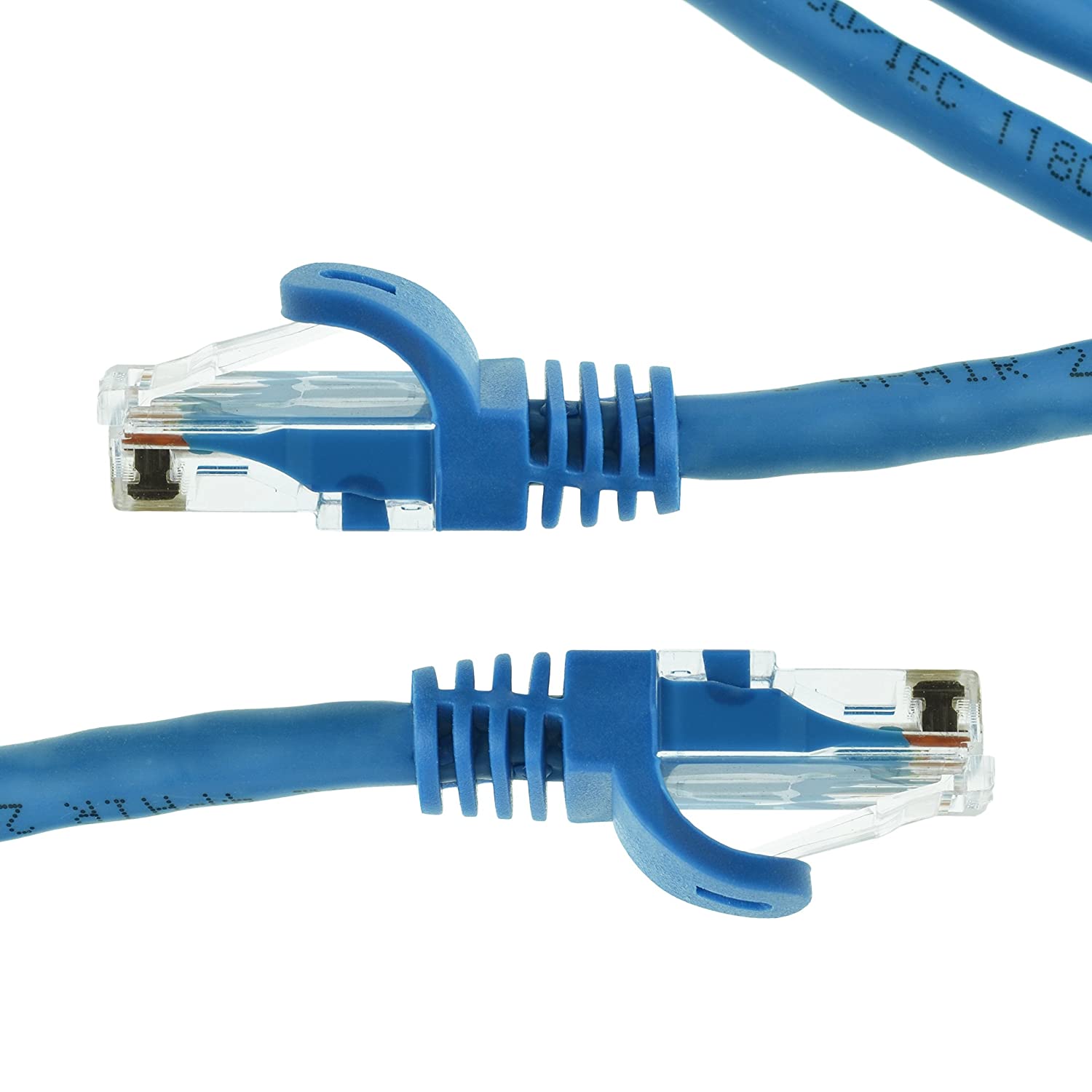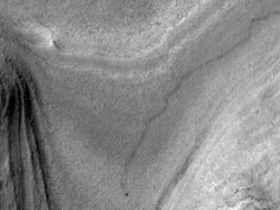Wi-Fi may be the modern and popular choice for connectivity, but even in 2024, many devices still offer wired networking in the form of Ethernet. You usually have a choice of both and choosing Ethernet can often be easier and more reliable.
TVs, set-top boxes like the new Google TV Streamer, gaming consoles and PCs all typically come with both Wi-Fi and wired networking options and it’s almost always faster than Wi-Fi as well as more reliable.
Buying an Ethernet cable sounds like a very simple task, but since reading this you’ve probably discovered that not all Ethernet cables are created equal. Category and cable length are two important factors to consider, but there are others as well. If you need to lay the network cable outdoors, perhaps even underground, then you should not buy a standard indoor cable. See our purchasing advice at the bottom of the page for more detailed information.
A very quick word about ‘Cat’ markings: most people should now be buying Cat6 or Cat7 cables. Both support up to 10 Gbps, but while a Cat7 cable can handle these speeds over 100 meters, a Cat6 cable will drop to 1 Gbps when used at lengths over about 50 meters.
Hannah Cowton-Barnes / Foundry
We’ve rounded up a selection of the best cables here, but that doesn’t necessarily mean the top few are right for you. Each is best for something.
And if you want to speed up your entire network, it’s probably a good idea to upgrade your old broadband router with a mesh Wi-Fi system. That improves coverage and if you choose the right kit, it should also increase speed significantly.
Best Ethernet Cables 2024
Amazon Basics Cat6 Cable – Best for most people

Price upon review:
From $6.99
If you don’t need the extra performance of Cat7 because you only need 1Gbps, go for this Amazon Basics Cat6 cable, which is fast enough for most people’s needs.
It is available in lengths ranging from 0.9m/3ft to 15m/50ft. You can even buy some sizes in multipacks, perfect if you know you want to network a few different things together.
However, if you don’t mind spending a little more to future-proof your home network, read on.
Amazon Basics Cat7 Cable – Best for Speed on a Budget

Price upon review:
From $6.99
The Amazon Basics range is usually a good choice for simple tech accessories and peripherals, and Ethernet cables are no different.
This is a Cat7 cable, so it’s quite fast (10 Gbps to be exact), and you can buy it in lengths ranging from 0.9m to 15.2m. If you need longer Cat7 cables, you should you can read further.
Note that there are also flat and braided (snagless) options in the Basics range.
Veetop Flat Cat7 Cable – Best high speed option with length diversity

Price upon review:
From $4.99
These cables from Veetop have a number of advantages. First, they are Cat7, which means they offer about the fastest speeds you can get over Ethernet.
They are also flat, so ideal for wiring throughout the house, and they are available in a range of lengths, including a very short option of 0.5m/1.6ft.
There is also a white option that is perfect for running unnoticed along the top of your skirting boards.
UGreen Flat Cat7 Cable – Best for under carpet use

Price upon review:
From $5.59
This UGreen cable is flat and designed to support Cat7 speeds.
Because it’s flat, it’s ideal if you need to run a network cable under a carpet, or through a doorway, or in any other situation where a standard round wire won’t work.
It is available in lengths from 1 to 20 meters, but only in black, so not ideal if you want to stick it to a skirting board. Unless you happen to have a black skirting board. As mentioned, Amazon offers flat white cables in its Basics range.
Rhinocables Cat5e Cable – Best Budget Ethernet Cable

If 1Gbps is enough for you (and it will be for many people, as it’s still faster than most broadband plans), then a Cat5e Ethernet cable will get the job done.
It’s worth remembering that most broadband routers still don’t deliver 1Gbps Wi-Fi, so a Cat5e cable is still not a bottleneck.
These rhino cables are available in different colors and lengths, from 12 cm to 10 meters. We have chosen the 5 meter cable here, but you can choose the color and length when purchasing.

Price upon review:
From $9.99
A cheap Ethernet cable can be prone to breakage, but Mediabridge’s feel well made and durable and have a ‘snagless’ design.
They’re far from the only cables that provide protection for the brittle RJ-45 clip, but it does mean the clips won’t snag (and break) when you remove the cable from a tangle of other cables.
This is Cat6 and allows speeds up to 10 Gbps, and comes in a wide range of available lengths, from 3 feet to 30 feet.
There are a variety of colours, which can be useful if you want to see which is which at a glance, but not all come in all lengths.
UGreen Extension Cable – Best for tripping hazards

Price upon review:
From $5.69
At first, an Ethernet extension cable may seem like an unnecessary hassle – you can just buy a longer cable for about the same price – but there’s an added benefit you might not be thinking about.
If you want to use an Ethernet cable anywhere in your home, it can pose a tripping hazard. This extension can protect the Ethernet port of your computer or router in case the cable is unexpectedly disconnected. Rather than risk damaging the hard-to-replace port on your device, the extension cord may take the brunt, leaving you to worry about a much cheaper replacement.
This version is also Cat6, but make sure you pair it with an equally fast Ethernet cable if you need 10 Gbps. However, it does work with slower standards.
If you already have several short Ethernet cables lying around, look for RJ45 couplers on eBay or Amazon, as they allow you to join leads together and usually cost very little.
Kenable Outdoor Cat6 Unshielded, 50m – Best for outdoor use

Some outdoor Ethernet cables have RJ-45 connectors on each end, but if you run the cable through a wall you’ll still have to cut it – or drill unnecessarily large holes.
The best way is to buy a reel, as long as you need, and cut it to length. Kenable’s unshielded outdoor cable has solid copper cores and a PE sheath that is weather resistant and can be buried underground. For wall mounting, use 7 mm cable clips.
It’s only available in black, but because it’s Cat6 it can reach gigabit speeds. As we’ve already said, only choose Cat7 if you want to future-proof your network for when multi-gigabit fiber broadband becomes the norm.
Finally, if you’re using this stuff, you don’t want to terminate it with RJ-45 connectors, you want to terminate it with Ethernet wall plates.
Frequently asked questions
Which category of Ethernet cable should I buy?
This is the most important thing to consider, as different Ethernet categories can have vastly different speeds and interference levels. The options you’ll likely see are Cat5e (the ‘e’ stands for enhanced), Cat6, and Cat7.
As you may have guessed, higher numbers generally indicate faster speeds. Cat5e is capable of 1 Gbps and bandwidths of 100 MHz, Cat6 offers up to 10 Gbps at bandwidths of up to 250 MHz, and Cat7 can go up to 100 Gbps with bandwidths of up to 600 MHz.
The other major difference is that Cat7 cables are always shielded, which helps reduce interference and crosstalk. Cat6 cables are sometimes shielded, although retailers are often unclear when this is and isn’t the case, and Cat5e cables never have shielding.
Since most Ethernet cables are fairly cheap, there is an argument for buying Cat7 cables – especially for shorter (and therefore cheaper) cables. However, most users won’t see any real speed benefits from Cat7 for a few years, so Cat6 is probably the best choice for most – unless you want to make sure you’re future-proofing your cabling.
How long should an Ethernet cable be?
After category, length is the most important element of an Ethernet cable. Partly this is of course just a matter of how far you need the cable to reach, but it also has to do with speed and performance.
Speeds can decrease over longer distances, especially with the more modern cables. For example, Cat7 supports 100 Gbps up to a range of 15 meters, while a Cat5e maintains its highest speed up to 100 meters. Similarly, Cat 6 can run at 10 Gbps at lengths up to about 50 meters, otherwise it is 1 Gbps.
Still, the average consumer is unlikely to run anywhere near 100 meters of cable, and even 15 meters is likely longer than many people will need in their home. Just try to avoid buying a 50 meter cable if you only need it to stretch across a 5 meter room.
Should I buy a flat Ethernet cable?
Instead of the traditional round cables, some Ethernet cables are available in a flat design.
This may increase the price slightly, but it may be worth it if you expect to run the cable under doors or under a rug or carpet. It will make a big difference in how much you notice it.
Which type of Ethernet cable is suitable for outdoor use?
The above advice mainly applies to indoor cables. However, if you are going to run cables externally, it is not a good idea to buy standard Cat5, 6 or 7 for indoor use.
Outdoor cables must have a PE coating that does not degrade and become brittle, as standard PVC coatings do. Additionally, outdoor Ethernet cables have solid copper wires, not the multi-conductor wires that indoor cables have.
This means that outdoor network cabling is not as flexible, but is designed to be sturdier and to accommodate the solid cores installed in Ethernet faceplates. And it’s a good idea to use faceplates instead of just attaching RJ-45 connectors to the ends. Faceplates are cheap and give a much more professional finish.
If you want to lay the cable in the ground, you will need a ‘direct burial’ cable that is designed to withstand moisture. It is also possible to purchase a shielded outdoor Ethernet cable, which prevents interference.
Outdoor cable generally comes on reels of 20 to 305 meters, and you will need a special ‘punch-down’ tool to push the wires into the connectors on the faceplates. When choosing, pay attention to the cheaper ‘CCA’ cable – copper-coated aluminum. It does not supply power, so there is no point in connecting CCTV or PoE (power-over-Ethernet) devices.













Leave a Reply